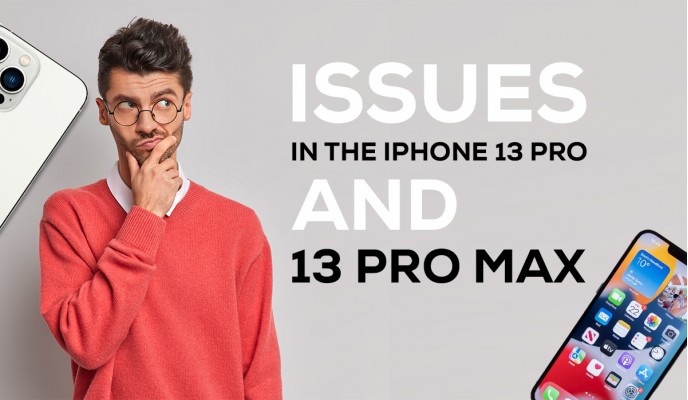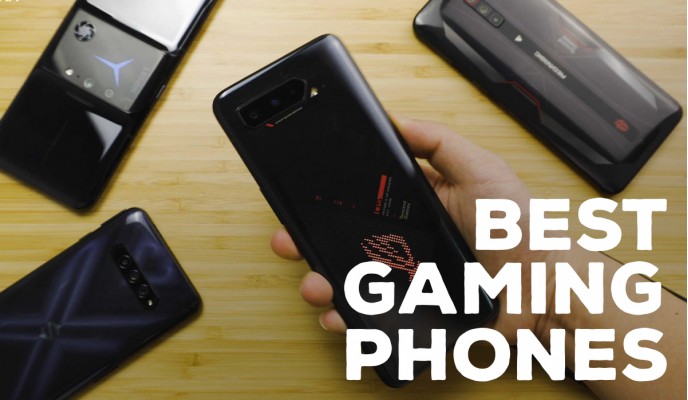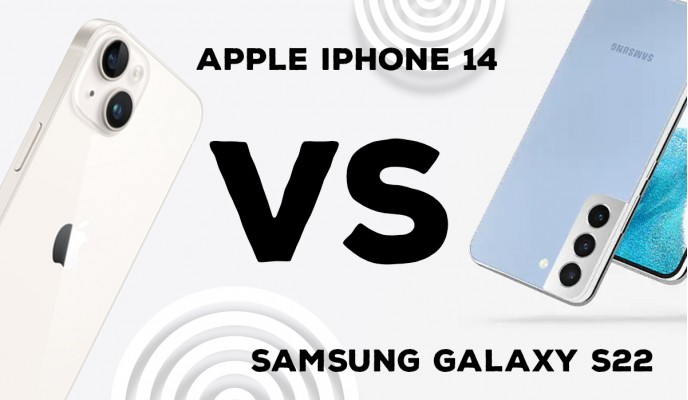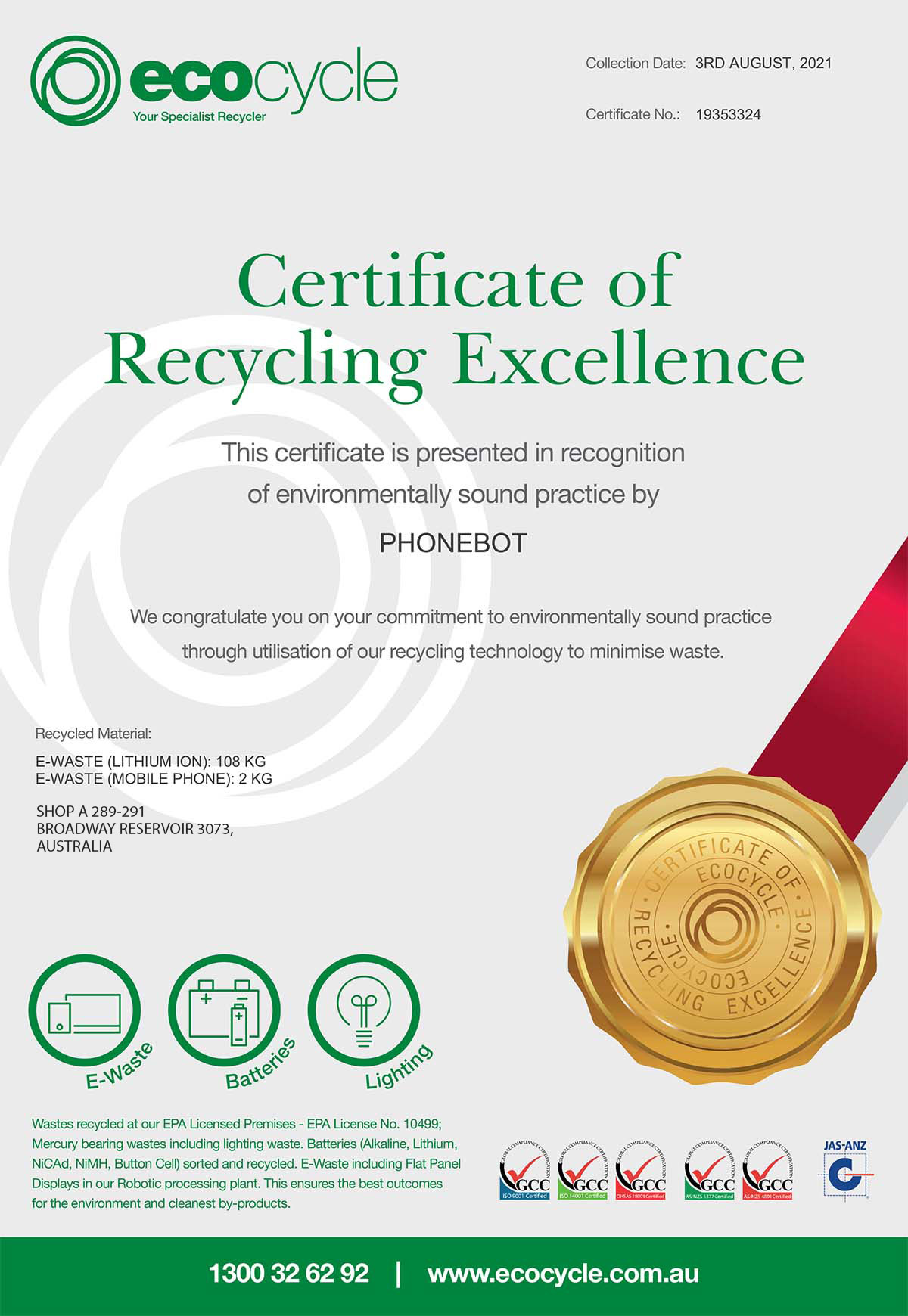Snapdragon 8 Gen 2 Vs A16 Bionic: Who Wins the Performance Battle?

Apple's A16 Bionic chipset exclusively reigned the market upon its launch in September 2022. But this reign was soon challenged when Qualcomm unveiled its flagship chipset Snapdragon 8 Gen 2, in November 2022.
It was high time for Qualcomm to come up with a chipset that could beat the newly released Apple's A16 Bionic. Now that Qualcomm has managed to lock horns with Apple, let's see who comes up with the A16 Bionic chip vs Snapdragon 8 gen 2 battle.
In this article, we will compare different specs of the A16 Bionic chip vs Snapdragon 8 gen 2 to judge the CPU and GPU performance. Moreover, we will also contrast the 5G and Wireless technology of the A16 Bionic chip vs Snapdragon 8 gen 2.
So if you are also caught in the A16 Bionic chip vs Snapdragon 8 gen 2 debate, this article will settle it for you. Now without wasting any time, let's move on to the article.
Key Differences Between Snapdragon 8 Gen 2 and A16 Bionic
Both the chipsets are manufactured by TSMC using 4 nm process technology, but differences appear when we take a closer look. Read on to discover the key differences between the A16 Bionic vs Snapdragon 8 Gen 2.
Comparison Between Snapdragon 8 Gen 2 And A16 Bionic: Specifications
Before we dive into the detailed comparison, here's a rough idea of the specifications of the A16 Bionic chip vs Snapdragon 8 Gen 2.
Snapdragon 8 Gen 2 consists of an Octa-core Kryo CPU and Adreno 740 GPU with Hardware-accelerated Ray Tracing. The cores configuration is 1+4+3 with 1 prime, 4 performance, and 3 efficiency cores.
Moreover, it features a Snapdragon X70 5G modem with a max 10Gbps download and 3.5Gbps upload speeds.
On the other hand, A16 Bionic has a Hexa-core CPU having 2x high-performance and 4x high-efficiency cores. The GPU is 5-core Apple-designed technology. A16 uses the Snapdragon X65 5G modem.
Snapdragon 8 Gen 2 vs A16 Bionic: CPU
In terms of cores, just like A15 Bionic, Apple's A16 Bionic is a Hexa-core chipset compared to Qualcomm's Octa-core setup.
A closer look at the cores of the two chipsets reveals more information.
The Snapdragon 8 Gen 2 contains 8 cores. One of these cores is the prime 3.2 GHz Cortex-X3. Then there are 4 performance cores clocked at 2.8 GHz and 3 efficiency cores clocked at 2 GHz.
On the other hand, the Apple chips consist of 2 high-performance Everest cores and 4 high-efficiency Sawtooth cores. The high-performance cores are clocked at 3.46 GHz, and the efficiency cores are clocked at 2.02 GHz.
Apple's Everest cores are more powerful than Qualcomm's prime core Cortex-X3. This is also evident in practice when Apple phones outperform other phones in single-core tasks. And since A16 Bionic combines 2x 3.46 GHz Everest cores, it also outperforms other chips in multi-threaded operations.
Regarding the performance cores, the A16 Bionic still has one additional core and a higher clock rate per core. This makes the overall efficiency of the A16 Bionic better than that of the Snapdragon 8 Gen 2.
Snapdragon 8 Gen 2 vs A16 Bionic: GPU
With CPU comparison aside, let's compare the GPU of the A16 Bionic chip vs the Snapdragon 8 Gen 2. It seems that Qualcomm has finally managed to come to par with Apple's GPU. Snapdragon 8 Gen 2 features Adreno 740 GPU in contrast with A16 Bionic's 5-core GPU.
Regarding graphics performance, Adreno 740 outperformed A16 Bionic's GPU performance when passed through the 20-minute Wildlife Extreme Stress test.
The Adreno 740 maintained peak performance for 8 mins before it throttled and gradually dropped performance.
On the other hand, A16 could keep the peak performance only for 2 mins before it throttled. After 20 minutes, a massive 41% performance drop was recorded in the score of A16 Bionic compared to that of 8 Gen 2.
One feature of Adreno 740 that can explain this performance boost over the A16 Bionic is the Hardware accelerated Ray Tracing for the very first time on a mobile chip.
Snapdragon 8 Gen 2 vs A16 Bionic: 5G and Wireless Tech
Qualcomm is a leading manufacturer when it comes to wireless technology. This reflects in the latest Snapdragon X70 5G modem that supports up to 10Gbps and 3.5Gbps download and upload speeds, respectively.
Moreover, the Qualcomm chip features the FastConnect 7800 system, which offers Wi-Fi 7 and Bluetooth 5.3 for local connectivity.
Regarding A16 Bionic, connectivity enhancement wasn't the main focus of Apple with this flagship chipset.
Reports reveal that Apple continues to use Qualcomm X65 modems with its flagship phones. Despite being a generation older than X70, it also offers a 10Gbps downlink. In addition, A16 Bionic features Wi-Fi 6 generation and Bluetooth 5.3.
In conclusion, Snapdragon 8 Gen 2 leads the connectivity department with better and more advanced features.
Pros & Cons of A16 Bionic
Pros
- Higher performance in single-core and multi-core tasks.
- Overall faster CPU
Cons
- GPU can not maintain peak performance for long and throttles immediately.
- Older generation of connectivity modem. (X65)
- Wi-Fi 6.
As of yet, only the iPhone 14 series packs the A16 Bionic chipset, namely;
Pros & Cons of Snapdragon 8 Gen 2
Pros
- Peak GPU performance for a longer period and relatively better performance even after throttling.
- Snapdragon X70 connectivity modem with advanced features.
- Wi-Fi 7.
Cons
- Slightly lesser clock rate in cores.
Numerous android smartphones use the Snapdragon 8 Gen 2 processor, including the Samsung S23 series unveiled on 1st February at Samsung Unpacked Event 2023.
- Galaxy S23
- Galaxy S23+
- Galaxy S23 Ultra
- OnePlus 11
- Red Magic 8 Pro
- Red Magic 8 Pro+
- Nubia Z50
- Xiaomi 13
- Xiaomi 13 Pro
- iQOO 11
- iQOO 11 Pro
- Vivo X90 Pro
Now that our detailed comparison is over, does the Snapdragon 8 Gen 2 dethrone the A16 Bionic? Here is what we found, the Snapdragon 8 Gen 2 falls short in CPU performance. However, in the GPU department, the Snapdragon leads with excellent performance output.
Regarding the connectivity and wireless features, we noticed that Snapdragon 8 Gen 2 wins the show with the latest modem and Wi-Fi generation. Now the decision is up to you. If you want to buy an iPhone and are confused between A16 and A15 Bionic chip, you can compare iPhone 14 plus and iPhone 14 pro max to make a wise purchase.
 Sale
Sale![Oneplus Nord N100 Dual Sim (64GB) [Grade A] Oneplus Nord N100 Dual Sim (64GB) [Grade A]](https://www.phonebot.co.uk/image/cache/catalog/refurbished/oneplus/N100-200x170.jpg)
![Apple iPhone 14 Pro Max 5G (512GB) [Like New] Apple iPhone 14 Pro Max 5G (512GB) [Like New]](https://www.phonebot.co.uk/image/cache/catalog/refurbished/apple/iphone-14/iphone-14-pro/apple-iphone-14-pro-purple-200x170.jpg)
![Apple iPhone 14 5G (128GB) [Like New] Apple iPhone 14 5G (128GB) [Like New]](https://www.phonebot.co.uk/image/cache/catalog/refurbished/apple/iphone-14/iphone-14/blue-200x170.jpg)
![Apple iPhone 14 Plus 5G (256GB) [Grade A] Apple iPhone 14 Plus 5G (256GB) [Grade A]](https://www.phonebot.co.uk/image/cache/catalog/refurbished/apple/iphone-14/iphone-14-plus/midnight-200x170.jpg)
![Samsung Galaxy S23 Ultra 5G (256GB) [Grade A] Samsung Galaxy S23 Ultra 5G (256GB) [Grade A]](https://www.phonebot.co.uk/image/cache/catalog/refurbished/samsung/galaxy-s23-ultra/galaxy-s23-ultra-green-200x170.jpg)




